
Scholarly Literature
This is a database of scholarly literature that concentrates currently on natural and engineered selfish genetic elements (gene drives). The latest are shown here.
Disclaimer>
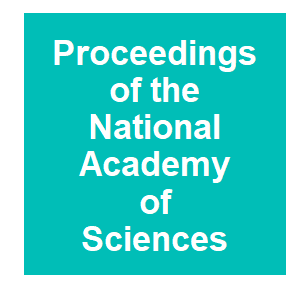
|
Selfish genetic elements, genetic conflict, and evolutionary innovationWerren, JH, Proceedings of the National Academy of Sciences of the United States of America, 108:10863-10870. 2011.
Genomes are vulnerable to selfish genetic elements (SGEs), which enhance their own transmission relative to the rest of an individual's genome but are neutral or harmful to the individual as a whole. As a result, genetic conflict occurs between SGEs and other genetic elements in ... Keywords: Aedes aegypti, optimal control, wolbachia |
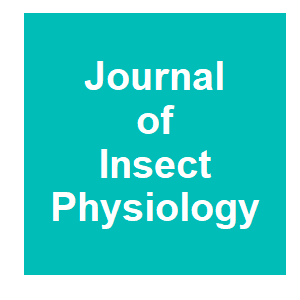
|
Transcript profiling of the meiotic drive phenotype in testis of Aedes aegypti using suppressive subtractive hybridizationShin, DYJ, L. Z.; Lobo, N. F.; Severson, D. W., Journal of Insect Physiology, 57:1220-1226. 2011.
The meiotic drive gene in Aedes aegypti is tightly linked with the sex determination locus on chromosome 1, and causes highly male-biased sex ratios. We prepared cDNA libraries from testes from the Ae. aegypti 137 strain (driving) and RED strain (non-driving), and used ... Keywords: Aedes aegypti, optimal control, wolbachia |
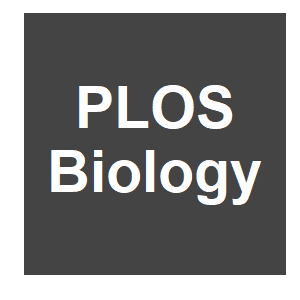
|
A novel sperm-delivered toxin causes late-stage embryo lethality and transmission ratio distortion in C. elegansSeidel, HSA, M.; Li, J. L.; van Oudenaarden, A.; Rockman, M. V.; Kruglyak, L., PLOS Biology, 9:e1001115. 2011.
The evolutionary fate of an allele ordinarily depends on its contribution to host fitness. Occasionally, however, genetic elements arise that are able to gain a transmission advantage while simultaneously imposing a fitness cost on their hosts. We previously discovered one such ... Keywords: Aedes aegypti, optimal control, wolbachia |

|
Semele: A Killer-male, rescue-female system for suppression and replacement of insect disease vector populationsMarshall, JMP, G. W.; Buchman, A. B.; Hay, B. A., Genetics, 187:535-551. 2011.
Two strategies to control mosquito-borne diseases, such as malaria and dengue fever, are reducing mosquito population sizes or replacing populations with disease-refractory varieties. We propose a genetic system, Semele, which may be used for both. Semele consists of two ... Keywords: Aedes aegypti, optimal control, wolbachia |
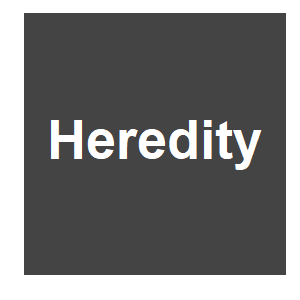
|
Inverse Medea as a novel gene drive system for socal population replacement: A theoretical analysisMarshall, JMH, B. A., Journal of Heredity, 102:336-341. 2011.
One strategy to control mosquito-borne diseases, such as malaria and dengue fever, on a regional scale is to use gene drive systems to spread disease-refractory genes into wild mosquito populations. The development of a synthetic Medea element that has been shown to drive ... Keywords: Aedes aegypti, optimal control, wolbachia |
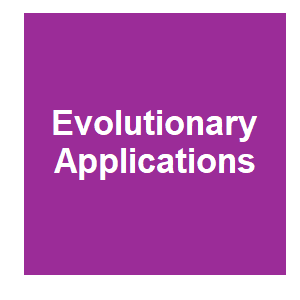
|
Gene-drive into insect populations with age and spatial structure: a theoretical assessmentHuang, YXL, A. L.; Legros, M.; Gould, F., Evolutionary Applications, 4:415-428. 2011.
The potential benefits and risks of genetically engineered gene-drive systems for replacing wild pest strains with more benign strains must be assessed prior to any field releases. We develop a computer simulation model to assess the feasibility of using engineered underdominance ... Keywords: Aedes aegypti, optimal control, wolbachia |

|
Selective microspore abortion correlated with aneuploidy: an indication of meiotic driveFurness, CAR, P. J., Sexual Plant Reproduction, 24:1-8. 2011.
Selective megaspore abortion (monomegaspory) probably arose once in seed plants and occurs routinely in more than 70% of angiosperm species, representing one of the key characters of a heterosporous life history. In contrast, selective microspore abortion leading to pollen ... Keywords: Aedes aegypti, optimal control, wolbachia |
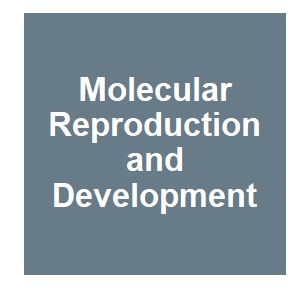
|
Polar bodies–more a lack of understanding than a lack of respectS. Schmerler and G. M. Wessel, Molecular Reproduction and Development, 78:3-8. 2010.
Polar bodies are as diverse as the organisms that produce them. Although in many animals these cells often die following meiotic maturation of the oocyte, in other organisms they are an essential and diverse part of embryonic development. Here we highlight some of this diversity ... Keywords: Aedes aegypti, optimal control, wolbachia |

|
On the Well Posedness and Refined Estimates for the Global Attractor of the TYC ModelR. D. Parshad and J. B. Gutierrez, Boundary Value Problems, 2010.
The Trojan Y Chromosome strategy (TYC) is a theoretical method for eradication of invasive species. It requires constant introduction of artificial individuals into a target population, causing a shift in the sex ratio that ultimately leads to local extinction. In this work we ... Keywords: Aedes aegypti, optimal control, wolbachia |
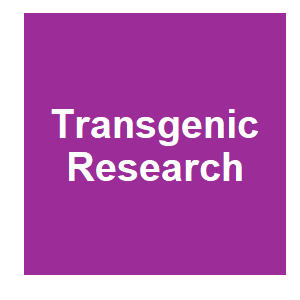
|
Problem formulation in the environmental risk assessment for genetically modified plantsWolt, JDK, Paul; Raybould, Alan; Fitzpatrick, Julie W.; Burachik, Moisés; Gray, Alan; Olin, Stephen S.; Schiemann, Joachim; Sears, Mark; Wu, Felicia, Transgenic Research, 19:425-436. 2010.
Problem formulation is the first step in environmental risk assessment (ERA) where policy goals, scope, assessment endpoints, and methodology are distilled to an explicitly stated problem and approach for analysis. The consistency and utility of ERAs for genetically modified (GM) ... Keywords: Aedes aegypti, optimal control, wolbachia |
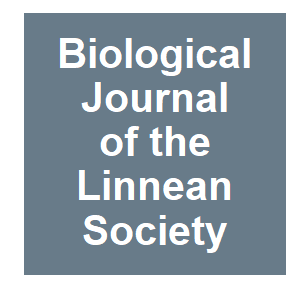
|
Changes in sperm tail development associated with Y chromosome meiotic drive leading to an excess of males in the medfly Ceratitis capitata (Diptera: Tephritidae)Rendon, PAB, R. D.; Wood, R. J., Biological Journal of the Linnean Society, 101:351-359. 2010.
The Mediterranean fruit fly Ceratitis capitata (Wied.) normally produces the sexes in equal ratio but strains carrying the Y chromosome meiotic drive MP (male-producing) factor show an excess of males. This is associated with a loss of sperm, and abnormal sperm structure in terms ... Keywords: Aedes aegypti, optimal control, wolbachia |

|
The role of meiotic drive in hybrid male sterilityMcDermott, SRN, M. A. F., Philosophical Transactions of the Royal Society B-Biological Sciences, 365:1265-1272. 2010.
Meiotic drive causes the distortion of allelic segregation away from Mendelian expected ratios, often also reducing fecundity and favouring the evolution of drive suppressors. If different species evolve distinct drive-suppressor systems, then hybrid progeny may be sterile as a ... Keywords: Aedes aegypti, optimal control, wolbachia |

|
Segregation distortion and the evolution of sex-determining mechanismsKozielska, MW, F. J.; Beukeboom, L. W.; Pen, I., Heredity, 104:100-112. 2010.
Segregation distorters are alleles that distort normal segregation in their own favour. Sex chromosomal distorters lead to biased sex ratios, and the presence of such distorters, therefore, may induce selection for a change in the mechanism of sex determination. The evolutionary ... Keywords: Aedes aegypti, optimal control, wolbachia |

|
Games in tetrads: Segregation, recombination, and meiotic driveHaig, D, American Naturalist, 176:404-413. 2010.
The two alleles at a heterozygous locus segregate during meiosis, sometimes at meiosis I and sometimes at meiosis II. The timing of segregation is determined by the pattern of crossing-over between a locus and its attached centromeres. Genes near centromeres can exploit this ... Keywords: Aedes aegypti, optimal control, wolbachia |
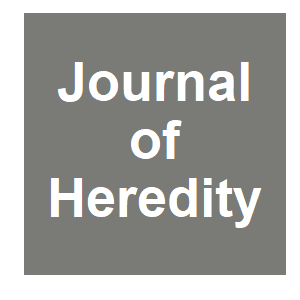
|
Segregation analysis of a sex ratio distortion locus in congenic miceCasellas, JF, C. R.; Verdugo, R. A.; Medrano, J. F., Journal of Heredity, 101:351-359. 2010.
The congenic HG.CAST-(D17Mit196-D17Mit190) (HQ17(hg/hg)) mouse strain showed a significant departure on the expected 50%/50% offspring sex ratio in more than 2400 progeny (55.7% females). The entire pedigree file included data from 13 nonoverlapping purebred generations and an ... Keywords: Aedes aegypti, optimal control, wolbachia |

|
Segregation distortion in chicken and the evolutionary consequences of female meiotic drive in birdsAxelsson, EA, A.; Van, A. P.; Li, L.; Megens, H. J.; Vereijken, A. L. J.; Crooijmans, Rpma; Groenen, M. A. M.; Ellegren, H.; Willerslev, E.; Nielsen, R., Heredity, 105:290-298. 2010.
As all four meiotic products give rise to sperm in males, female meiosis result in a single egg in most eukaryotes. Any genetic element with the potential to influence chromosome segregation, so that it is preferentially included in the egg, should therefore gain a transmission ... Keywords: Aedes aegypti, optimal control, wolbachia |

|
Using underdominance to bi-stably transform local populationsAltrock, PMT, A.; Reeves, R. G.; Reed, F. A., Journal of Theoretical Biology, 267:62-75. 2010.
Underdominance refers to natural selection against individuals with a heterozygous genotype. Here, we analyze a single-locus underdominant system of two large local populations that exchange individuals at a certain migration rate. The system can be characterized by fixed points ... Keywords: Aedes aegypti, optimal control, wolbachia |
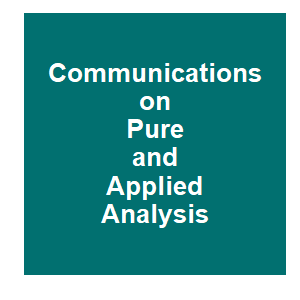
|
On the global attractor of the Trojan Y chromosome model.R. D. Parshad and J. B. Gutierrez, Communications on Pure and Applied Analysis, 10:339-359. 2010.
We consider the Trojan Y Chromosome (TYC) model for eradication of invasive species in population dynamics. We present global estimates for the TYC system in a spatial domain. In this work we prove the existence of a global attractor for the system. We derive uniform estimates to ... Keywords: Aedes aegypti, optimal control, wolbachia |

|
Ethical, legal and social aspects of the approach in SudanB. B. El Sayed, C. A. Malcolm, A. Babiker, E. M. Malik, M. A. H. El Tayeb, N. S. Saeed, A. H. D. Nugud and B. G. J. Knols, Malaria Journal, 8:S3. 2009.
The global malaria situation, especially in Africa, and the problems frequently encountered in chemical control of vectors such as insecticide resistance, emphasize the urgency of research, development and implementation of new vector control technologies that are applicable at ... Keywords: Aedes aegypti, optimal control, wolbachia |

|
Field site selection: getting it right first time aroundC. A. Malcolm, B. El Sayed, A. Babiker, R. Girod, D. Fontenille, B. G. J. Knols, A. H. Nugud and M. Q. Benedict, Malaria Journal, 8. 2009.
The selection of suitable field sites for integrated control of Anopheles mosquitoes using the sterile insect technique (SIT) requires consideration of the full gamut of factors facing most proposed control strategies, but four criteria identify an ideal site: 1) a single malaria ... Keywords: Aedes aegypti, optimal control, wolbachia |

Contact
David O’Brochta
Foundation for the
National Institutes of Health
geneconvenevi@fnih.org
RSS

